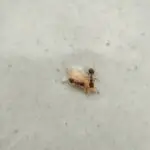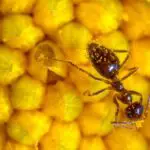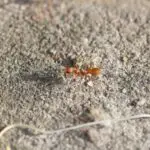Do Ants Release Methane and Other Greenhouse Gases Into the Air?
Whether ants release methane and other greenhouse gases into the air may depend on the size and composition of the nests they inhabit. A study of leaf-cutter ant nests in Costa Rica suggests that these colonies may produce enhanced greenhouse gas emissions.
These ants form thigh-high mounds of dirt and refuse that contain ants, bacteria, and a variety of other organisms. They also produce prodigious amounts of nitrous oxide.
Nests of leafcutter ants are known to form mounds as large as a tennis court. They are known to be widespread in many parts of the American subtropics. These nests are characterized by thigh-high, oxygen-poor mounds with multiple holes.
Researchers have found that leaf-cutter ant nests can generate greenhouse gas emissions comparable to human-engineered systems. In fact, these emissions rival those of wastewater treatment plants. These nests produce a significant portion of carbon dioxide in the atmosphere, averaging about 0.5% of total forest carbon dioxide emissions. The authors say that leaf-cutter ants may concentrate CO2 emissions during the decomposition of organic matter in the landscape. They also note that these ants may affect the strength of ecosystem-scale CH4 sinks.
Researchers measured CO2 and CH4 fluxes at eight sampling points in a primary forest near the nests. These fluxes were averaged over the nest areas and the surrounding non-nest soils. The researchers found that the fluxes of both gases were highly variable. They found that the average flux of CH4 was -1.1 to 15.264.7 mg CH4-C m-2 day-1, and the average flux of CO2 was 5.2 to 152.1 g CO2-C m-2 day-1.








